10 Essential Ingredients In Vietnamese Cooking
Understanding Spices
Your cart is empty.
SUBTOTAL
£0.00

Understanding Spices
Vietnamese food is a colourful blend of flavours and aromas. It’s very balanced, reflecting the Buddhist five-element philosophy which pairs a natural element (wood, fire, earth, metal and water) with a flavour (sweet, salty, sour, bitter and spicy). Each dish needs to create harmony between the elements and the flavours. Although Vietnamese cuisine varies across the country depending on the region, what all the dishes have in common is the contrasting textures—chewy ingredients like noodles are served with crunchy vegetables, or soft rice with crispy duck. If you’re looking to whip up some Vietnamese dishes at home, you’re in luck, as we’ve put together a list of essential ingredients that form the backbone of Vietnamese cooking.
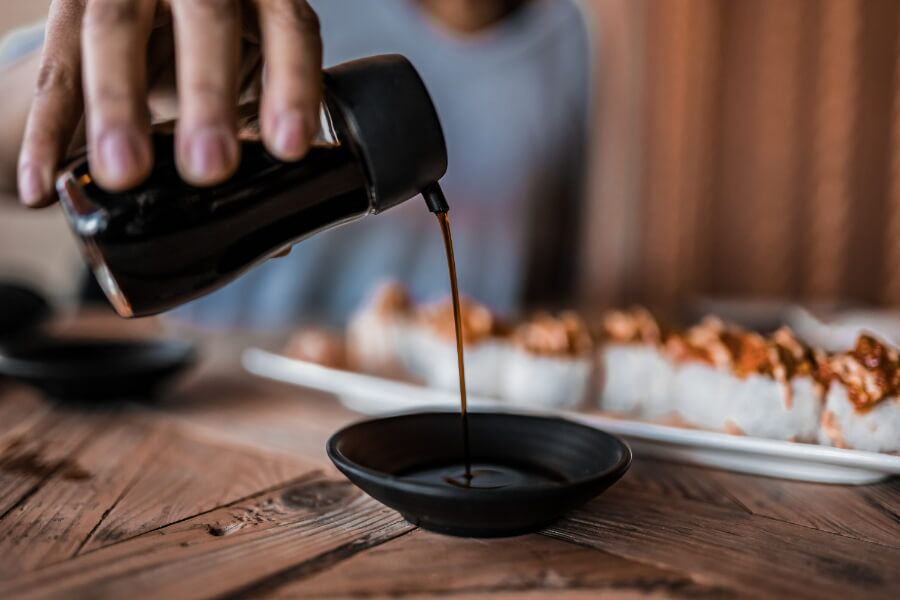
Known in Vietnam as nuoc mam, fish sauce is an essential ingredient in Vietnamese cuisine. This dark, amber-hued liquid is made from the runoff of fermented anchovies which are layered with salt in large barrels. Fish sauce has an umami-rich, salty flavour which adds savouriness to salads, curries, soups, stir-fries and marinades. In Vietnam, it’s diluted with water and sugar to make a dipping sauce, or mixed with palm sugar to caramelise casserole dishes. When shopping for fish sauce, make sure to read the ingredients list first. Some brands only contain anchovies, salt and water, but others may contain sugar to balance the salt. Fish sauce has over 1,000mg sodium per tablespoon, so it should be used sparingly. Shrimp paste is a healthier alternative to fish sauce, and can be used in the same way.
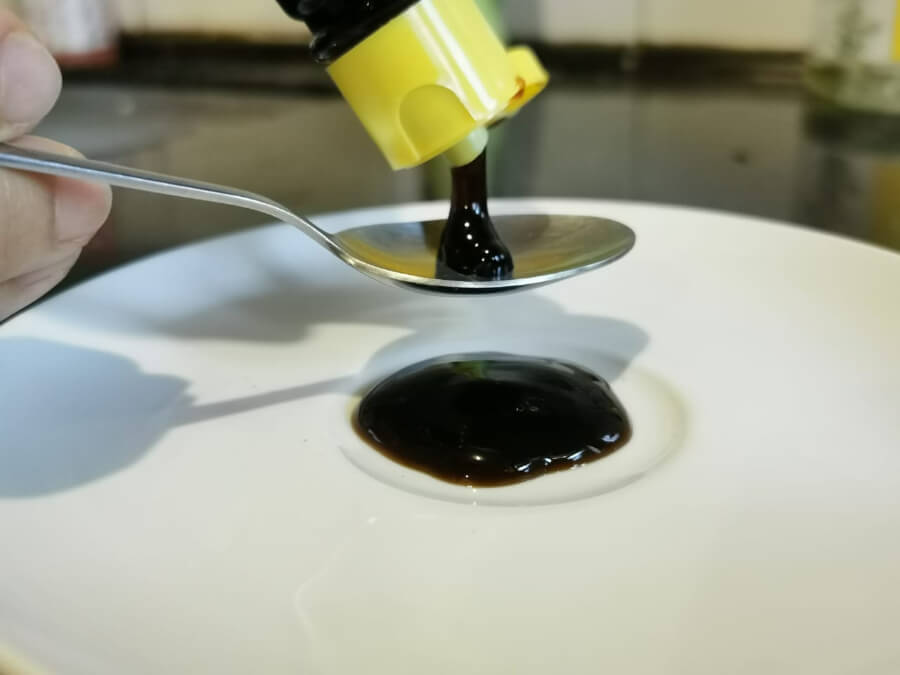
Oyster sauce is another important sauce in Vietnamese cuisine. Oysters are boiled with salt, sugar and cornstarch to create a rich, dark, syrup-like sauce. Despite the name, oyster sauce actually has an earthy, slightly sweet and salty taste. It’s commonly used in meat and vegetable dishes like bo luc lac (shaking beef), and to tone down the bitterness of ingredients like leafy vegetables.

You’ll find that noodles are a staple in Vietnamese cuisine. Pho, Vietnam’s national dish, uses banh pho, which are the same rice stick noodles used in pad thai. Another type of noodle to keep in your cupboards are rice vermicelli noodles called bun. These thin noodles are used in all kinds of dishes, whether that’s topped with grilled pork (bun thit nuong) or served with fried tofu and fermented shrimp paste (bun dau mam tom). Try our recipe for bun cha with sticky sesame tofu here.
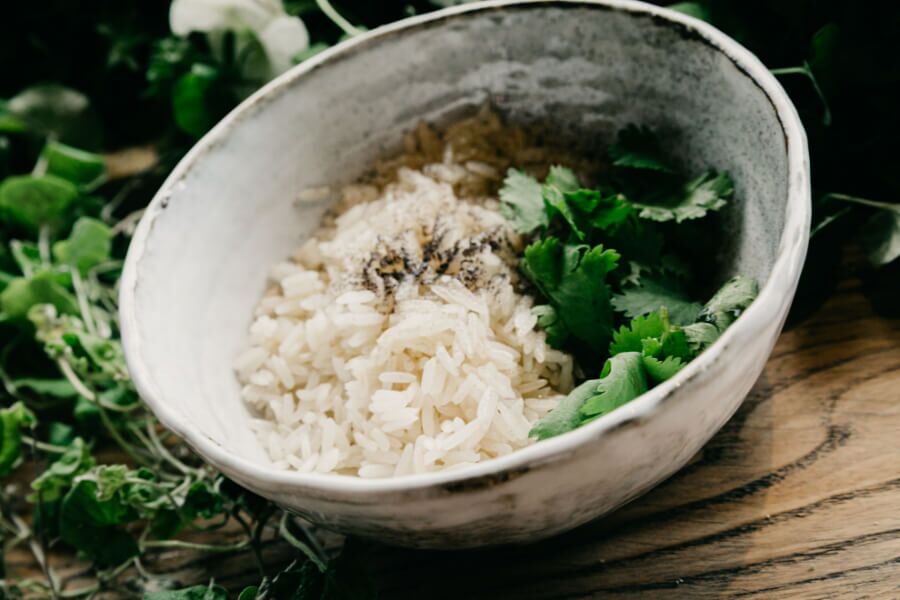
Like many Southeast Asian countries, rice is served with almost every meal. Jasmine rice is grown in Vietnam and is a particularly popular variety as it’s fragrant and floral. It complements savoury, umami-rich dishes and sour and salty broths. Unlike short grain rice or glutinous rice, jasmine rice isn’t as sticky but still holds together well. Glutinous rice is used in specialities like banh tet (sticky rice cake stuffed with mung bean or pork) and xoi ga (sticky rice topped with fried or boiled chicken).
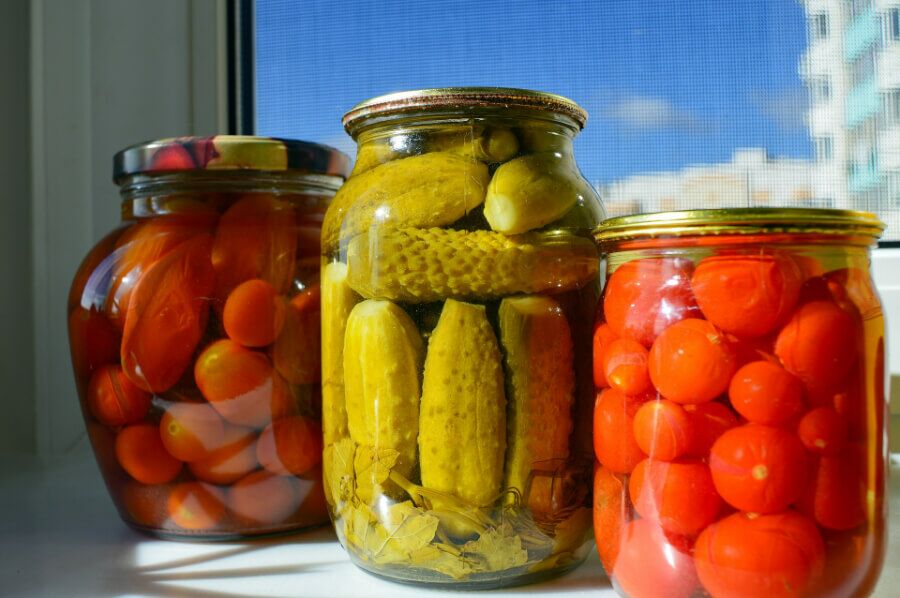
Pickled vegetables are called do chua in Vietnamese, literally meaning ‘sour things’. Jars of pickled vegetables can be found in most Vietnamese households, and can include cabbage, carrots, cauliflower, cucumber, radish and mustard greens. Many Vietnamese dishes are salty and peppery, so tangy pickled vegetables are the perfect side dish to accompany those flavours. Pickled carrots and daikon radish are also used in banh mi.

Vietnamese cinnamon (also known as Saigon cinnamon) is more closely related to cassia than to Ceylon cinnamon. It’s the strongest flavoured cinnamon compared to other varieties, with a high essential oil concentration. It’s sweet, spicy and robust, giving flavour to both savoury and sweet dishes. It’s a key ingredient in pho, where cinnamon is cooked alongside other whole spices like star anise and cloves. As the flavour of Vietnamese cinnamon is so concentrated, one stick is generally enough to flavour a whole pot.

Shrimp paste is a salty, pungent paste made from fermented shrimp mixed with salt, and is commonly used in Southeast Asian cuisine. Known as mam tom in Vietnam, shrimp paste is more intense in flavour compared to fish sauce. It’s used in dishes like bun bo Hue (Hue-style beef noodle soup) and as a sauce in stir-fried pork belly and sauteed seafood. It’s also made into a dipping sauce when mixed with lime juice and sugar.
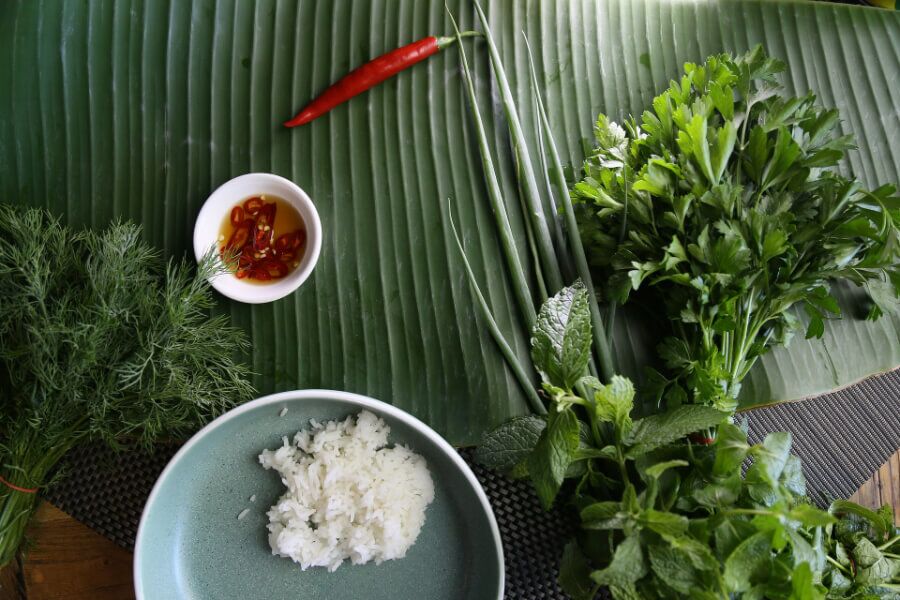
Most Vietnamese noodle soups are served with a handful of fresh herbs—mainly coriander, Thai basil, mint and green onions. Whether you’re making bun cha or pho ga, do as the Vietnamese do and throw on a handful of fresh herbs. The individual flavours seep into the broth giving it a zing, and the stems provide a crunchy texture which contrasts with the chewiness of the noodles and meat. Fresh herbs are also used in other dishes such as fresh salads and stuffed into the popular goi cuon (summer rolls) together with lettuce, prawns and other condiments.
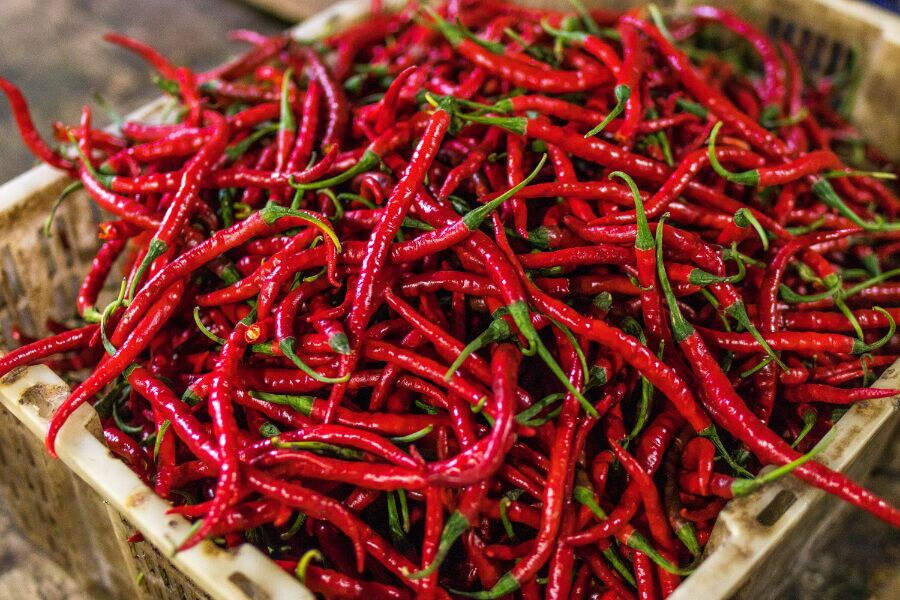
Although Vietnamese food isn’t as spicy as Korean, Thai or Indian food, chillies—particularly bird’s eye chillies—are still a must-have in any Vietnamese kitchen. Chopped fresh chillies are always served on the side as an optional condiment for those who like extra spice. They can also be added to fish sauce or shrimp paste to use as a condiment to accompany noodle and rice dishes. In Northern Vietnam, black pepper is often used in place of chillies.
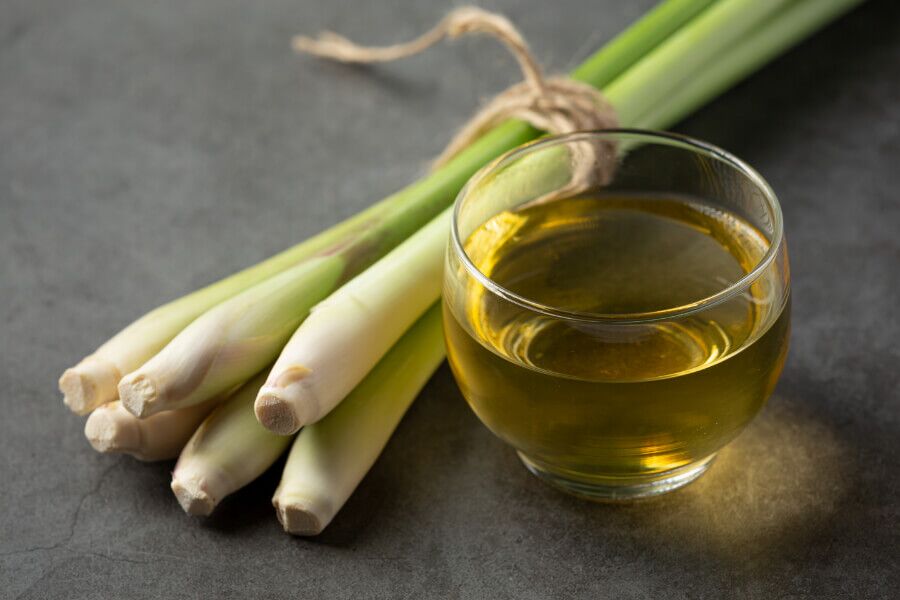
Lemongrass is a popular ingredient used in many different Vietnamese dishes. This tall, perennial grass smells like lemon, but has a softer and sweeter taste without the acidic edge. It’s often used alongside chillies, sugar and fish sauce for braising meats, as well as in noodle dishes, soups, curries and dressings. One of the most popular recipes using lemongrass is ga xao sa ot, an aromatic blend of lemongrass, chilli sauce, tender chicken and vegetables. This is more of an at-home dish than one you would find in a restaurant. If you’re using lemongrass in liquid-based dishes, make sure to bruise and bend the stem first to help release the flavour. Read more about lemongrass’s health benefits and how it’s used here.
Understanding Spices
Spices have long been integral to the UK's culinary landscape, adding depth, flavours, and richness to a myriad of dishes. From the pungent aroma of cumin in Indian curries to...
Read MoreUnderstanding Spices
Confetti is an essential part of any wedding day. Not only is it a wonderful way to greet a newlywed couple, but it also provides some beautiful photo opportunities. The...
Read MoreSeasonal Ideas
It’s no secret that any handmade gift will always be more special than a store-bought one. Homemade food gifts are especially wonderful, a labour of love that shows someone you...
Read MoreHealth and Wellbeing
It’s no secret that winter’s cold and gloomy weather makes us crave indulgent dishes like fondue and baked goods like sticky toffee pudding and apple crumble. While Christmas is the...
Read More